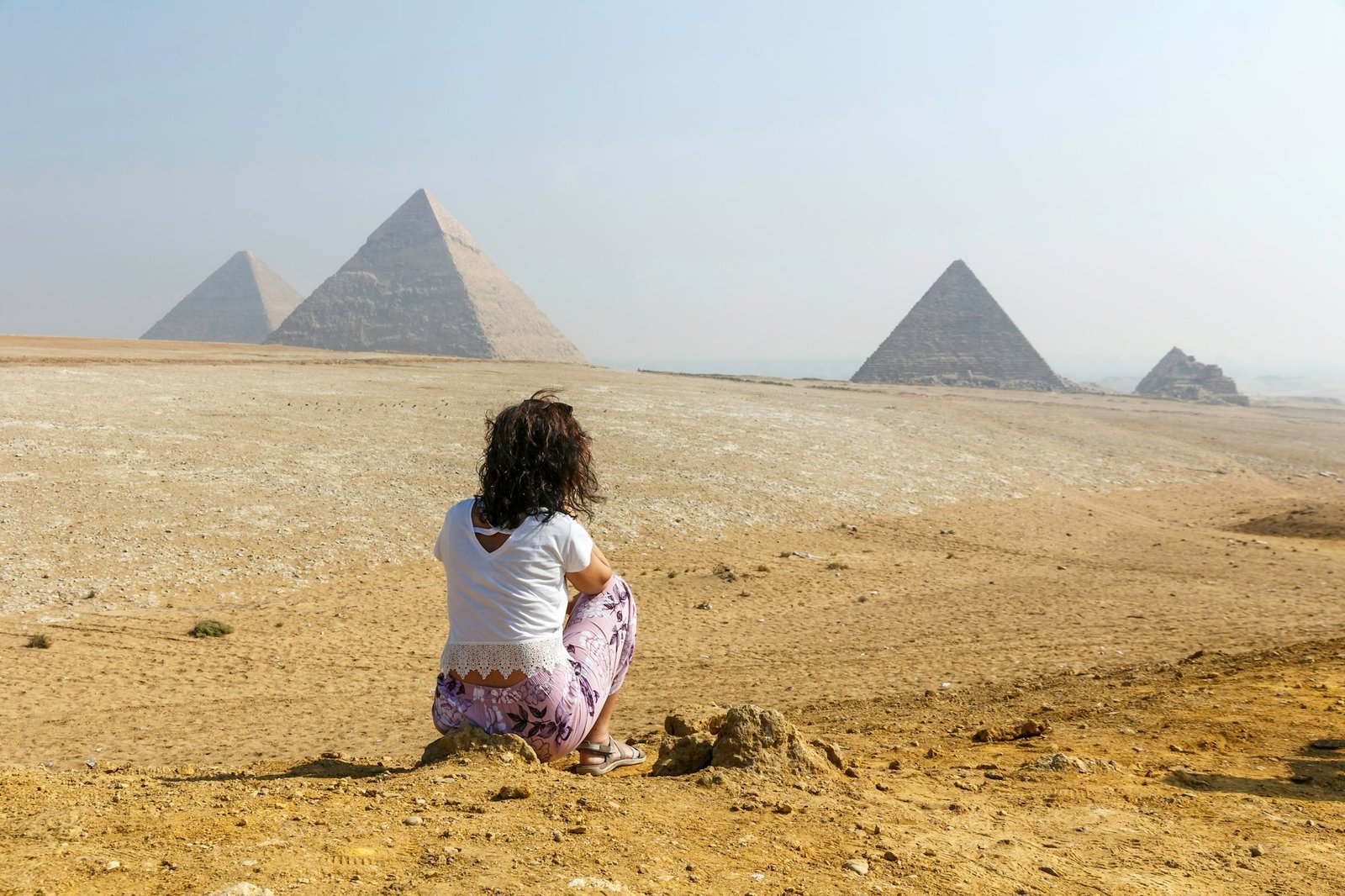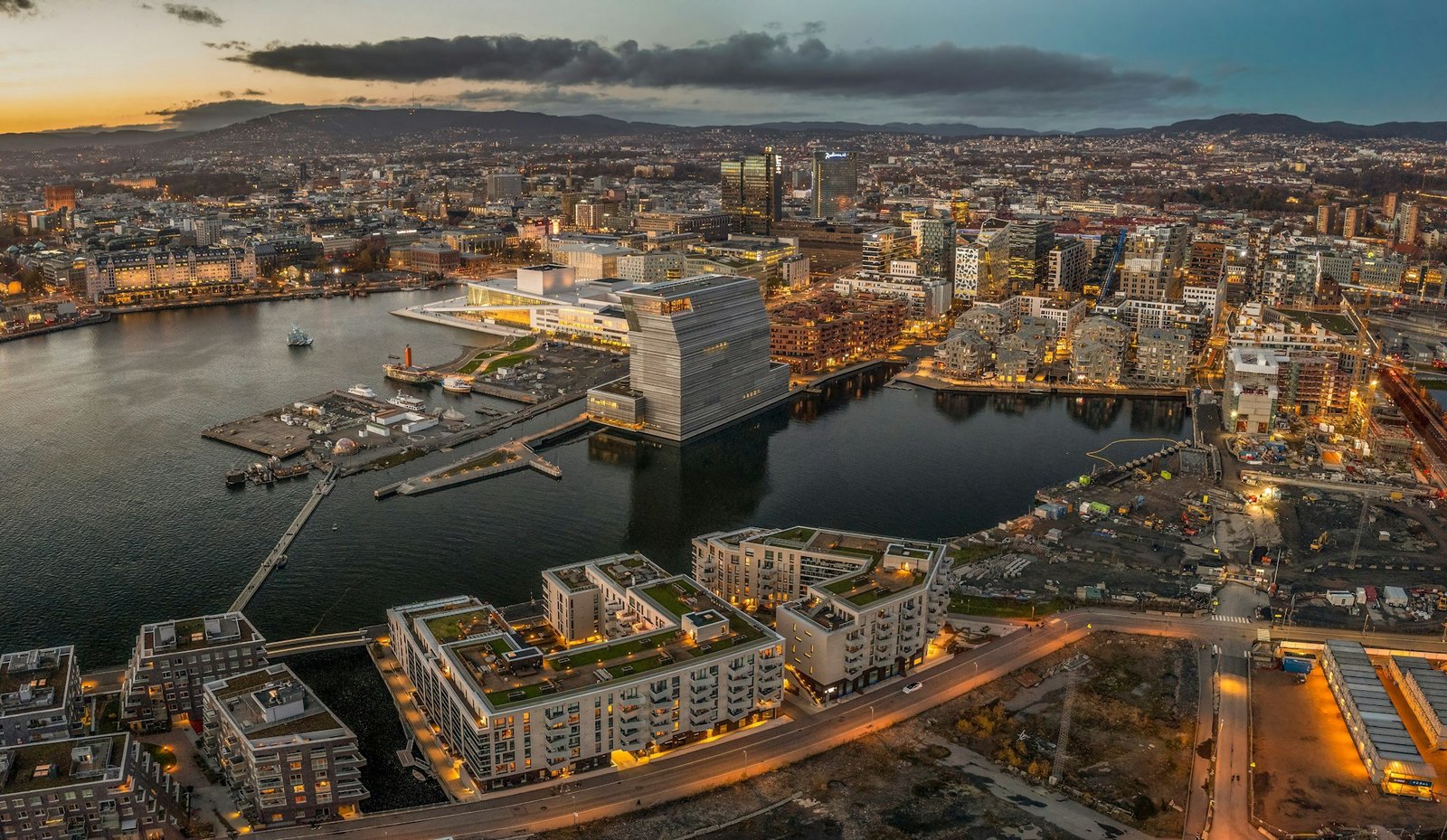The Influence of Social Media on Travel Choices

Social media platforms have significantly altered the way individuals make travel decisions. Platforms such as Instagram, Facebook, and TikTok have become pivotal in shaping travel choices, largely due to the influence of travel bloggers and social media influencers. These individuals often present picturesque and idealized images of destinations, which can create an appealing, albeit sometimes unrealistic, portrayal of a location. This phenomenon is further amplified by the algorithms of these platforms, which prioritize visually appealing content, thus skewing the perception of certain travel spots.
Research indicates that a substantial portion of travelers rely on social media for inspiration. According to a survey by Expedia, 30% of Americans use social media platforms to help them choose travel destinations. This trend is even more pronounced among younger generations, with 63% of Millennials and Gen Z travelers considering social media as a primary source of travel inspiration. The power of social media in influencing travel choices cannot be underestimated, as it steers the collective imagination towards specific destinations, often creating a sense of urgency to visit these ‘trending’ locations.
The psychological impact of continuous exposure to travel-related content is profound. The constant stream of idyllic travel photos and videos can lead to what is known as the ‘Fear of Missing Out’ (FOMO). This psychological response can drive individuals to make spontaneous travel decisions, sometimes prioritizing social media-worthy destinations over personal preferences or practical considerations. Moreover, the curated nature of social media content often overlooks the less glamorous aspects of travel, such as crowded tourist spots, travel fatigue, or the environmental impact of mass tourism.
In essence, while social media serves as a powerful tool for travel inspiration, it also plays a role in creating an often idealized and sometimes misleading portrayal of travel destinations. This dual impact underscores the need for a balanced approach in utilizing social media for travel planning, encouraging individuals to seek comprehensive information beyond the visually appealing posts that flood their feeds.
The Reality vs. The Image: Common Discrepancies
Social media platforms like Instagram and Facebook have revolutionized the way we discover and perceive travel destinations. The polished, edited images that flood our feeds often portray an idyllic version of reality, one that many travelers find far removed from their actual experiences. This discrepancy between the image and reality can lead to feelings of disappointment and dissatisfaction among tourists.
Take, for example, the famous overwater bungalows in the Maldives. Popularized by influencers and travel bloggers, these picturesque accommodations seem like the epitome of luxury. However, many visitors have found that the experience doesn’t always match the online portrayal. Issues such as high costs, limited activities, and sometimes subpar service can tarnish what was expected to be a dream vacation.
Similarly, the iconic Santorini in Greece is often depicted as a serene paradise with its white-washed buildings and stunning sunsets. Yet, tourists frequently report overcrowded streets, long lines for popular viewpoints, and exorbitant prices during peak seasons. One traveler noted, “The photos made it look like a peaceful retreat, but in reality, it was hard to enjoy the beauty because of the sheer number of people.”
The impact of selective sharing and photo editing cannot be understated. Travel influencers tend to highlight the most visually appealing aspects of a destination, often omitting the less glamorous realities. As travel expert Jane Smith explains, “Social media creates an unrealistic expectation by focusing on the highlights while ignoring the everyday challenges and inconveniences that come with travel.”
Ordinary tourists echo this sentiment. John Doe, an avid traveler, shared his experience of visiting Bali: “I was excited after seeing all the amazing photos online, but when I got there, I realized that many of the beaches were overcrowded and some areas were quite dirty. It was a stark contrast to the pristine images I had seen.”
These testimonials underscore the need for a more balanced portrayal of travel destinations on social media. While beautiful images can inspire wanderlust, they should be complemented with honest accounts to help manage expectations and ensure a more fulfilling travel experience.
The Consequences of Over-Hype: Environmental and Societal Impact
Social media has undeniably transformed the way we perceive and approach travel, often leading to the over-hyping of certain destinations. While this can boost local economies, it can also result in significant environmental degradation and societal challenges. The phenomenon of overtourism, driven by viral social media posts, leads to the excessive influx of tourists, which places immense pressure on natural sites. Iconic locations like Machu Picchu and Thailand’s Maya Bay have suffered considerable damage due to the sheer volume of visitors. Ecosystems are disrupted, wildlife habitats are encroached upon, and the natural beauty that attracts tourists in the first place begins to deteriorate.
Moreover, the increased waste generated by tourists poses a substantial threat to these environments. Many popular destinations struggle with waste management, leading to pollution and a decline in overall environmental health. For example, Bali faces significant waste disposal issues that have escalated with the rise in tourist numbers, resulting in polluted beaches and water bodies.
Local communities are also deeply affected by the sudden surge in tourism. While the influx of visitors can inject much-needed revenue into the local economy, it can also strain public services and infrastructure. Housing prices may skyrocket, making it unaffordable for long-term residents. Additionally, the cultural fabric of these communities can be altered as they cater increasingly to tourist demands, often at the expense of local traditions and lifestyles.
Some destinations, however, have managed to balance tourism sustainably. For instance, the Galápagos Islands have implemented strict visitor regulations and limited the number of tourists allowed at any given time. These measures have helped preserve the islands’ unique biodiversity. Similarly, Bhutan follows a high-value, low-impact tourism policy, ensuring that tourism benefits the country economically without compromising its cultural and environmental integrity.
Experts advocate for sustainable tourism practices to mitigate the negative impacts of over-hype. According to the World Tourism Organization, adopting policies that promote responsible travel, enhance waste management systems, and foster community engagement are crucial steps towards sustainable tourism. By striking a balance, it is possible to enjoy the benefits of tourism while preserving the very destinations that make travel so appealing.
Finding Authentic Travel Experiences in the Age of Social Media
In an era where social media heavily influences travel decisions, finding authentic travel experiences can be challenging. However, there are several strategies travelers can employ to ensure their adventures are both genuine and fulfilling. The first step is to look beyond the curated images and posts on platforms like Instagram and Pinterest. While these can be a great source of inspiration, it’s important to conduct thorough research using various resources. Websites such as travel blogs, forums, and review sites like TripAdvisor or Lonely Planet can provide more comprehensive and realistic insights into potential destinations.
Another effective approach is to seek out lesser-known destinations. Popular tourist spots often receive the most attention on social media, leading to overcrowding and a diluted experience. Instead, consider exploring hidden gems that offer a more intimate and unique perspective. National parks, small towns, and off-the-beaten-path locations frequently provide richer cultural interactions and a deeper connection to the locale. Platforms like Atlas Obscura and Hidden Places can be valuable tools for discovering such destinations.
Engaging meaningfully with local cultures is another vital component of an authentic travel experience. Instead of sticking to well-trodden tourist paths, make an effort to immerse yourself in the local way of life. Participate in community events, dine at locally-owned restaurants, and opt for accommodations that support sustainable tourism. Learning a few phrases in the local language can also go a long way in building rapport and showing respect for the culture.
For reliable travel information, consider using platforms that emphasize responsible travel practices. Websites such as Responsible Travel and Sustainable Travel International offer resources and tips for traveling ethically and sustainably. These platforms encourage travelers to respect the environment, support local economies, and contribute positively to the communities they visit.
Lastly, travelers can play a significant role in combating the cycle of over-hype by sharing their experiences honestly on social media. Highlight both the highs and the lows of your journey, and provide a balanced view that can help future travelers set realistic expectations. By doing so, you contribute to a more authentic and responsible travel culture that benefits both travelers and the destinations they visit.





